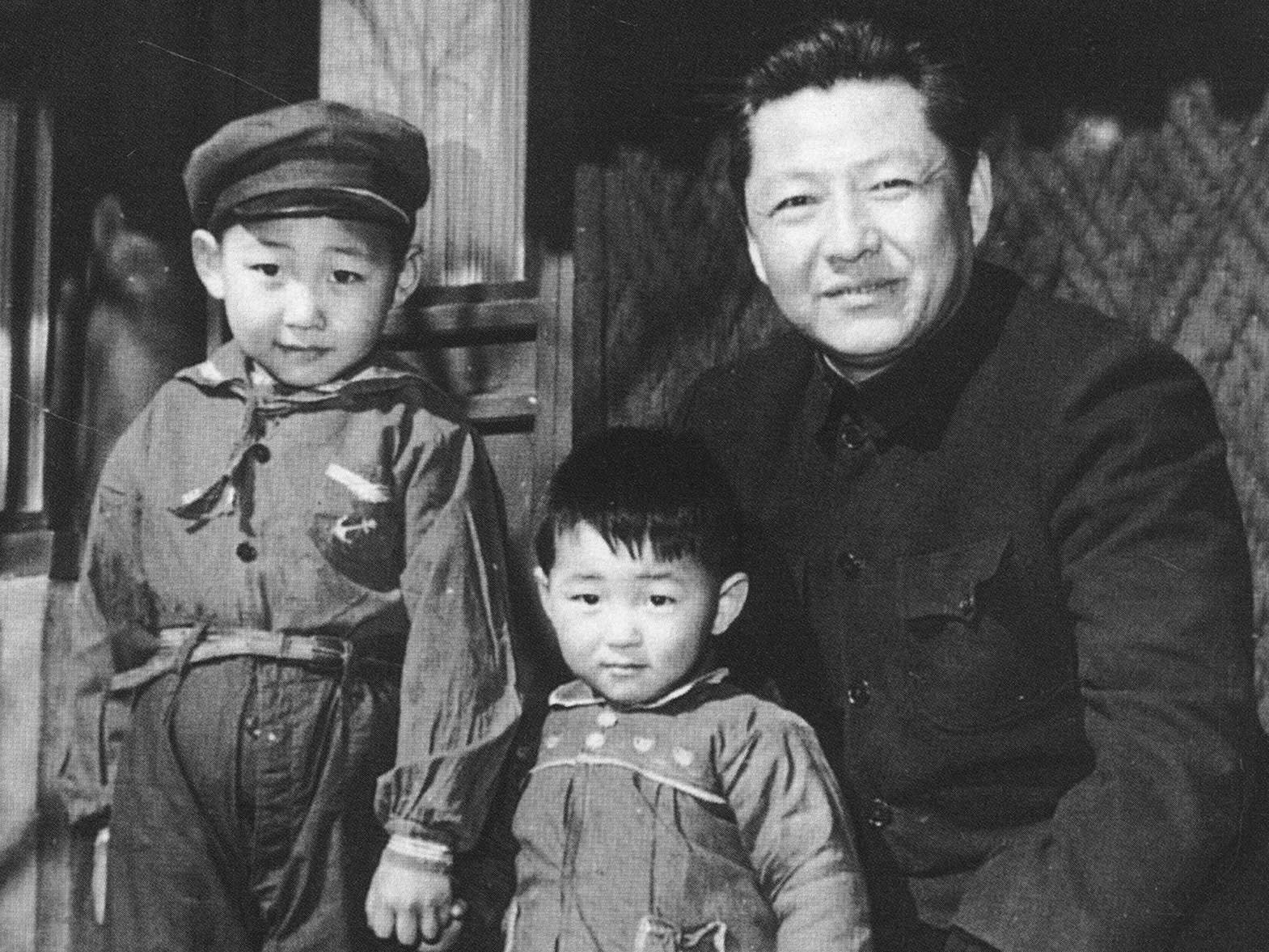Brendan S. Mulvaney has been studying the Chinese military since 2003 when, as an officer in the Marines, he was sent to get his PhD at Shanghai’s Fudan University. In 2017, he was named the inaugural director of the China Aerospace Studies Institute (CASI), a think-tank based out of the Air Force’s Air University and the National Defense University that researches Chinese air power. Mulvaney spoke to The Wire China about China’s ambitions in near space, what we should make of the spy ball
LISTEN NOW
Face-Off: U.S. vs. China
A podcast about the turbulent relationship between the world's two superpowers, the two men who run them, and the vital issues that affect us all.



